Girdling Woody Root.... Prune or Leave it Alone?
Kanuni
12 years ago
Related Stories

WINTER GARDENINGPruning Secrets for Exquisite Roses
Encourage gorgeous blooms year after year with this time-tested advice on how to prune your rosebush in winter for health and shape
Full Story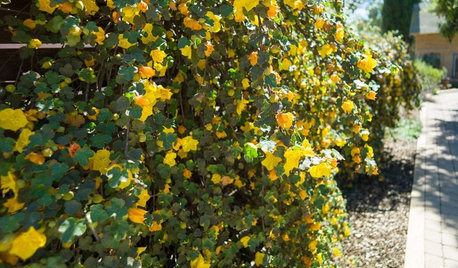
GARDENING GUIDESTidy Up Sprawling Native Shrubs With These Pruning Tips
Sound horticultural pruning methods work for native and nonnative plants alike
Full Story
GARDENING GUIDESHow to Prune Your Flowering Shrubs for the Best Blooms
Less is often more when it comes to properly pruning flowering shrubs. Here’s what to do and why
Full Story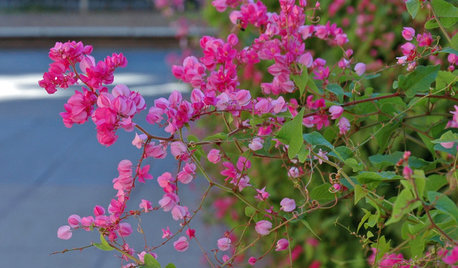
GARDENING GUIDESSouthwest Gardener's March Checklist
Dust off your gardening tools and get busy pruning to help your trees and plants reach their full potential
Full Story
GARDENING GUIDESHow to Keep Your Trees Healthy
Ensure your trees’ vigor for years to come with these tips for protecting roots, watering effectively and more
Full Story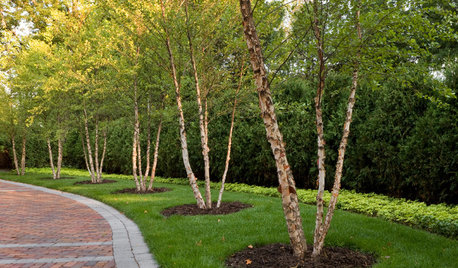
LANDSCAPE DESIGNGreat Design Plant: River Birch
Pick this rugged native tree for its intriguing peeling bark, soil adaptability or leaves that bring dappled shade to a garden
Full Story
FUN HOUZZ31 True Tales of Remodeling Gone Wild
Drugs, sex, excess — the home design industry is rife with stories that will blow your mind, or at least leave you scratching your head
Full Story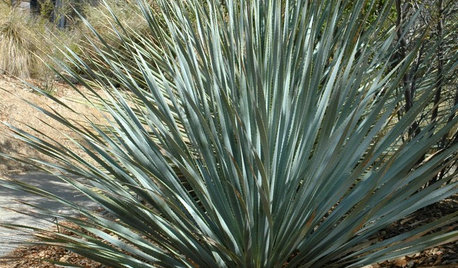
GARDENING GUIDESGreat Design Plant: Dasylirion Wheeleri
The gray-toothed leaves of common sotol add great spiky texture to drought-tolerant landscapes
Full Story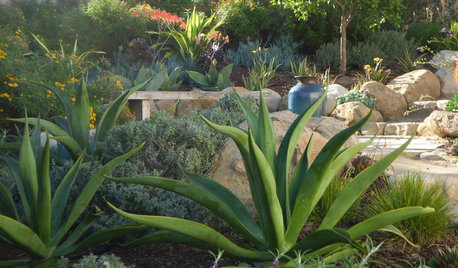
GARDENING GUIDESDecorate the Landscape With Versatile Agave
Beautiful, succulent leaves reach toward the sky, adding texture and beauty to the drought-tolerant landscape
Full Story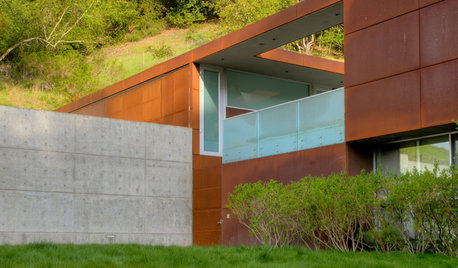
GARDENING FOR BUTTERFLIESGreat Design Plant: Coyote Bush
Remarkably resilient, this coast-happy shrub attracts native wildlife — and its leaves have an unusual attribute
Full StoryMore Discussions






houzi
KanuniOriginal Author
Related Professionals
Norfolk Landscape Architects & Landscape Designers · Camas Landscape Architects & Landscape Designers · Bridgeview Landscape Contractors · Caldwell Landscape Contractors · Dinuba Landscape Contractors · Firestone Landscape Contractors · Hampton Bays Landscape Contractors · Live Oak Landscape Contractors · Lorain Landscape Contractors · Casselberry Landscape Contractors · Beaverton Fence Contractors · Centereach Fence Contractors · Meadow Woods Fence Contractors · Tucson Fence Contractors · Wilson Fence Contractorshouzi
KanuniOriginal Author
houzi
houzi
IpmMan
houzi
KanuniOriginal Author
Embothrium
KanuniOriginal Author
Embothrium
KanuniOriginal Author
Embothrium
houzi
greenman28 NorCal 7b/8a
Embothrium
KanuniOriginal Author
Embothrium
houzi
IpmMan
KanuniOriginal Author
greenman28 NorCal 7b/8a
KanuniOriginal Author
greenman28 NorCal 7b/8a
KanuniOriginal Author
greenman28 NorCal 7b/8a
KanuniOriginal Author
IpmMan
houzi
KanuniOriginal Author
houzi
IpmMan